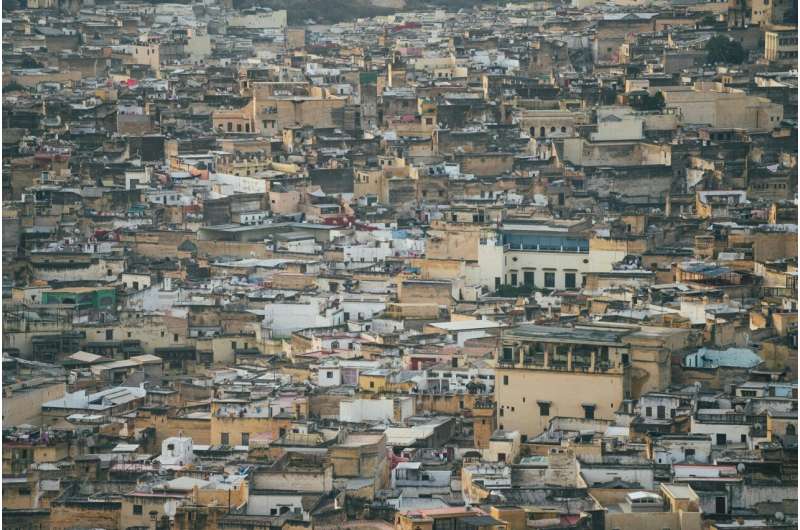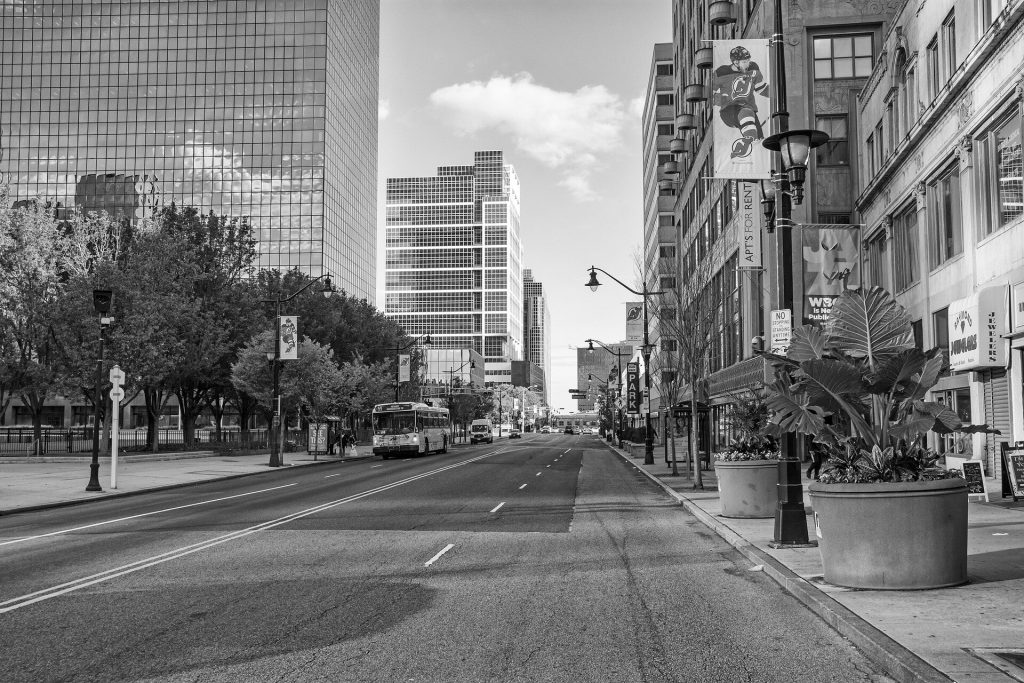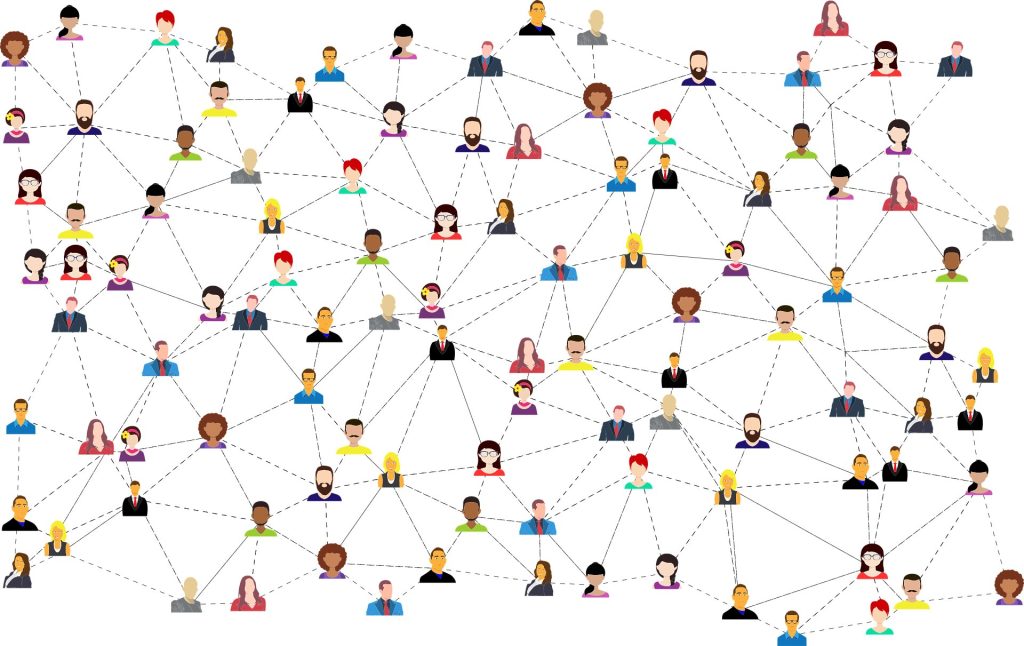Sure! Here’s a heartwarming and engaging retelling of the story in a friendly tone:
In an insightful new article, Dr. Nebeela Ahmed of the Urban Institute shines a light on the often-overlooked challenges faced by labor migrants in Indian cities. Her work reveals how infrastructure, viewed through the lens of stigma, shapes the experiences of these migrants, offering a fresh perspective on urbanization and inclusion.

Dr. Ahmed’s article, “Infrastructure as Territorial Stigma: Labor Migrant Exclusions in the Indian City,” published in the International Journal of Urban and Regional Research, explores the harsh realities that migrants face in bustling urban landscapes. In cities where rapid growth should ideally foster opportunity, many find themselves confronting exclusion and marginalization.
Often, urban centers become isolating arenas instead of welcoming spaces. Migrants, referred to as “others” in this context, experience what sociologist Loïc Wacquant calls “territorial stigmatization.” This concept encapsulates how societal perceptions can turn city areas into zones of exclusion, affecting access to essential services and job opportunities.
Dr. Ahmed dives deep into how infrastructure plays a pivotal role in this narrative. By studying the lives of internal migrants in Nashik, one of India’s burgeoning metropolitan hubs, she highlights three significant ways that infrastructural developments can perpetuate stigma.
Firstly, as cities expand, the demand for labor in stigmatized sectors grows. Migrants often fill these roles, yet they remain trapped within a cycle that reinforces their marginalized status. Secondly, crucial infrastructures like water supply, sanitation, and public amenities contribute directly to shaping these stigmatized environments, making it challenging for migrants to integrate fully into urban life.
Lastly, infrastructure also facilitates the movement of individuals between regions, posing intriguing questions about how it can potentially challenge or reshape existing stigmatized territories. Can improved infrastructure help break down barriers and foster inclusiveness? Dr. Ahmed’s work suggests that there might be hope for a more connected and compassionate urban future.
More Information:
Nabeela Ahmed, Infrastructure as Territorial Stigma: Labour Migrant Exclusions in the Indian City, International Journal of Urban and Regional Research (2025). DOI: 10.1111/1468-2427.13313
If you would like to see similar science posts like this, click here & share this article with your friends!





